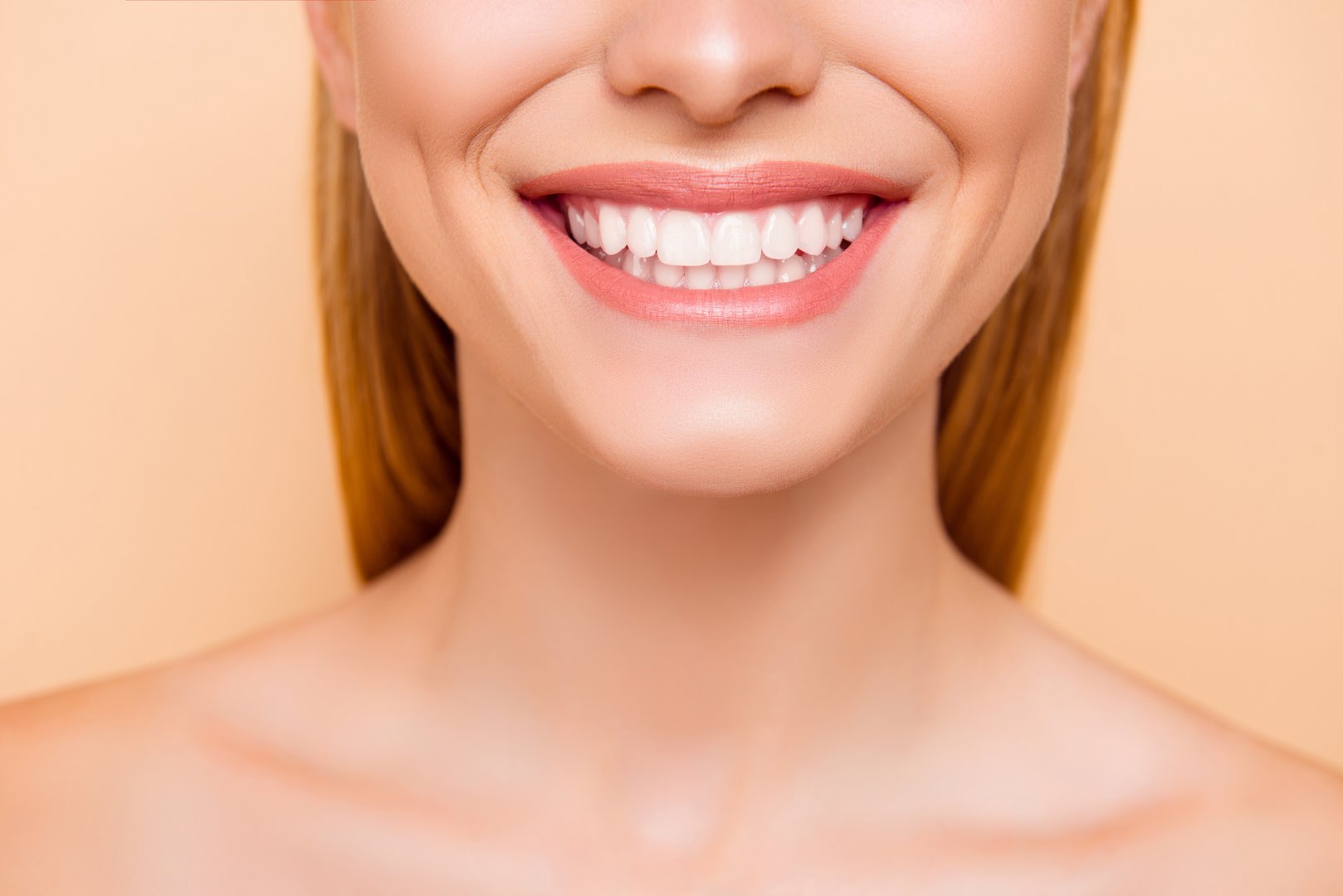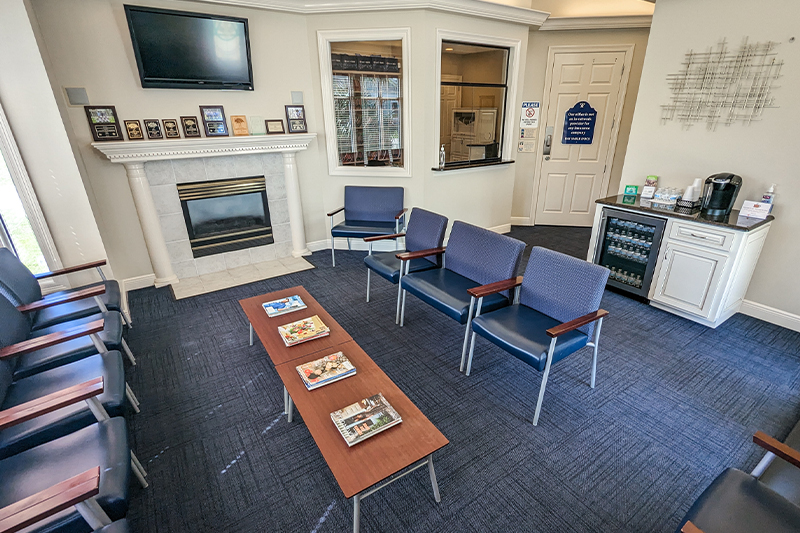
Cosmetic Dentistry To Enhance Appearance in Panama City, FL
Enhancing your smile through cosmetic dentistry can make a big impact on both your appearance and your confidence. Whether you’re looking for small improvements or a complete transformation, today’s cosmetic treatments are more advanced, comfortable, and accessible than ever before. Why people choose cosmetic dental care People pursue cosmetic dentistry for a variety of personal …
Read More
Fix Gaps Between Teeth With Cosmetic Dentistry in Panama City, FL
Gaps between teeth, also known as diastemas, can be a source of insecurity for many people. Whether they appear between the front teeth or further back in the mouth, gaps may affect how you feel about your smile. Fortunately, cosmetic dentistry offers a range of treatment options designed to close these spaces and help your …
Read More
Fix Chipped Tooth With Cosmetic Dentistry in Panama City, FL
A chipped tooth can happen suddenly. Biting something hard, taking a fall, or experiencing an accident can cause a tooth to chip. While some chips are minor and mostly cosmetic, others can impact the strength, shape, or function of your tooth. Fortunately, cosmetic dentistry offers effective treatments to restore your smile quickly and beautifully. Whether …
Read More
Cosmetic Dentistry To Fill Gaps in Panama City, FL
Gaps between teeth are a common concern for many people, whether they’re small spaces between front teeth or larger gaps caused by missing teeth. While some gaps are purely cosmetic, others can affect speech, chewing, or oral health. Cosmetic dentistry offers several solutions that can close or reduce these spaces, improving both the look and …
Read More
Cosmetic Dentistry To Enhance Appearance in Panama City, FL
Cosmetic Dentistry to Enhance Appearance Cosmetic dentistry offers more than just aesthetic improvements. For many people, enhancing their smile leads to greater confidence, improved comfort, and a better overall sense of well-being. Whether you’re preparing for a special event or you simply want to feel more at ease in everyday life, cosmetic dentistry offers flexible, …
Read More
Top Cosmetic Dentist Near Me in Panama City, FL
Feeling at ease with your dental care is just as important as the results you’re aiming for. If you’re thinking about improving your smile, the right cosmetic dentist will make you feel comfortable, heard, and supported from start to finish. The top cosmetic dentists near you combine skill with compassion to create beautiful results—and an …
Read More
Top Cosmetic Dentist in Panama City, FL
Cosmetic dental treatments can transform your smile—but they also require trust and clear communication. Whether you’re seeking a small improvement or a bigger change, it helps to feel completely comfortable with your care team. The best cosmetic dentists create a welcoming, relaxing environment where you’re encouraged to ask questions, explore your options, and move at …
Read More
Cosmetic Dental Bonding Near Me in Panama City, FL
Improving your smile doesn’t have to involve a complicated procedure or multiple visits. If you’re looking for a simple, gentle way to fix small imperfections, cosmetic dental bonding may be the perfect solution. The best part? When you work with a caring, experienced dentist, the process feels just as good as the results. Why comfort …
Read More
Cosmetic Dental Bonding in Panama City, FL
If you’ve ever hesitated to fix a small chip, gap, or stain because you were worried about discomfort or complexity, you’re not alone. But cosmetic dental bonding is one of the easiest, most comfortable ways to improve the look of your teeth. With the right dental team, your visit can be fast, smooth, and even …
Read More
Top Cosmetic Dentist Near Me in Panama City, FL
Your smile is one of the first things people notice about you—and one of the most powerful tools you have to express confidence and connection. If there are things you’d like to change about your smile, working with a top cosmetic dentist near you can help make those changes a reality. With personalized care and …
Read More
